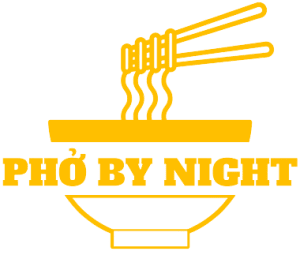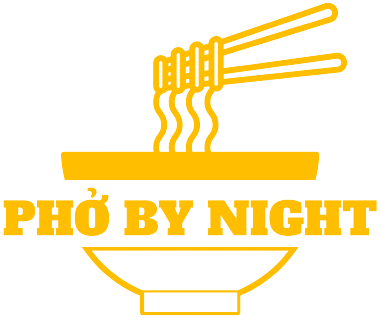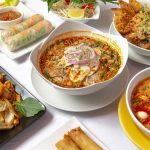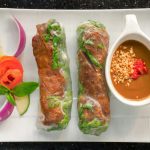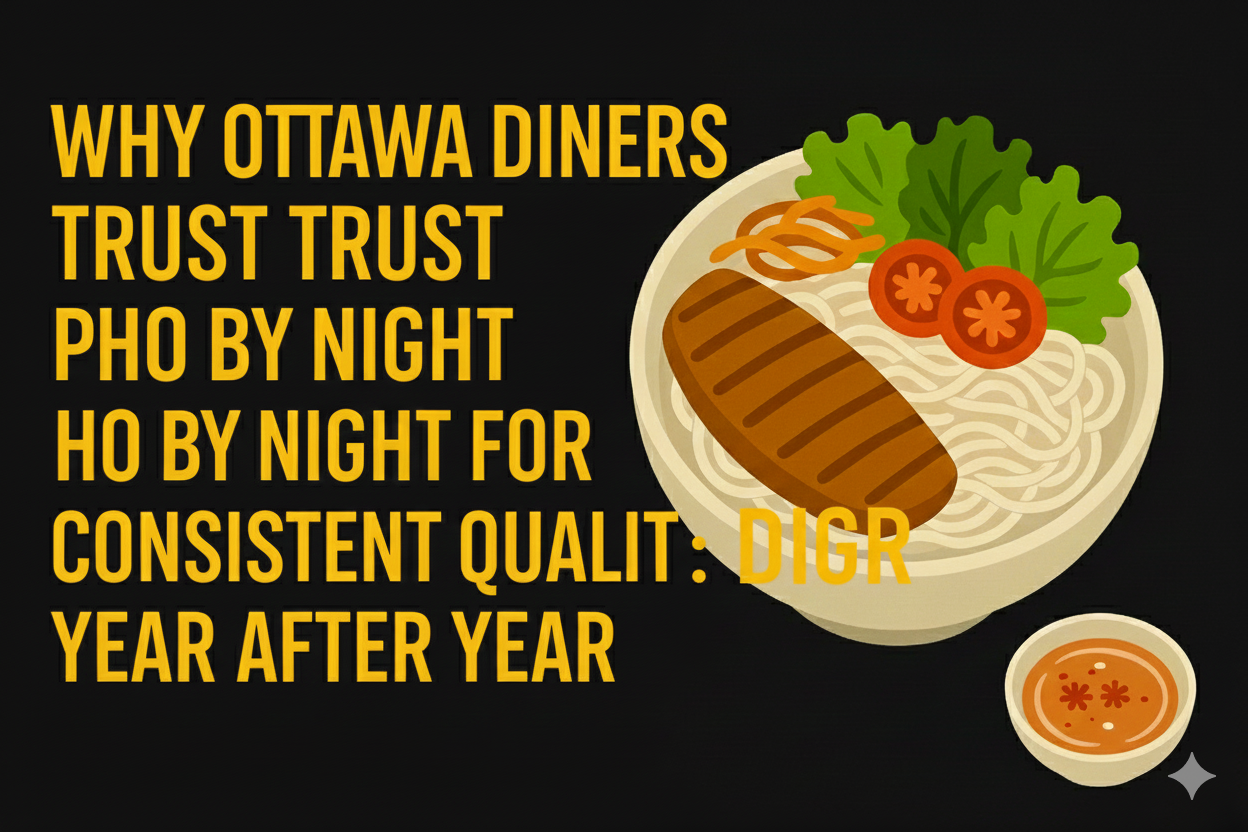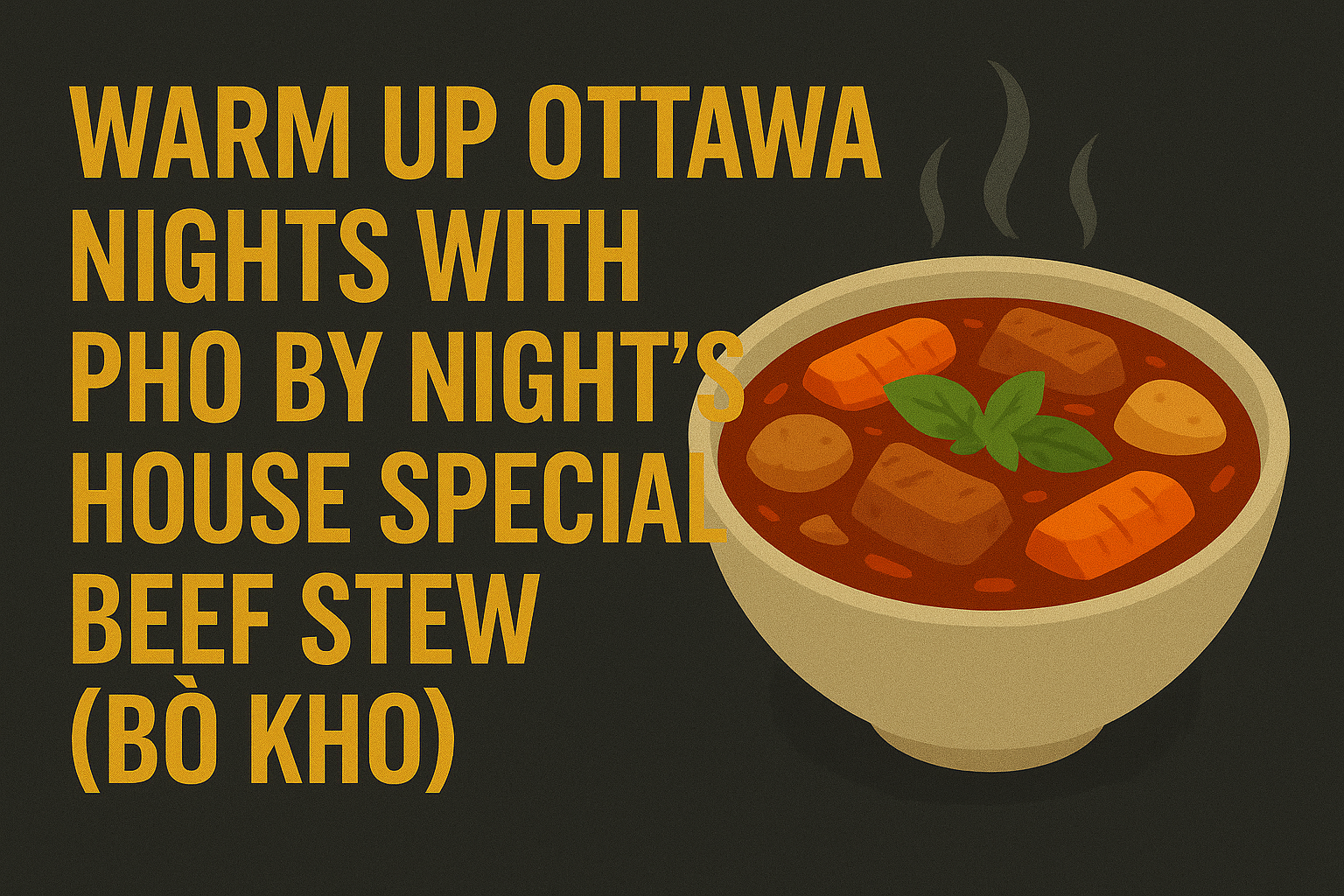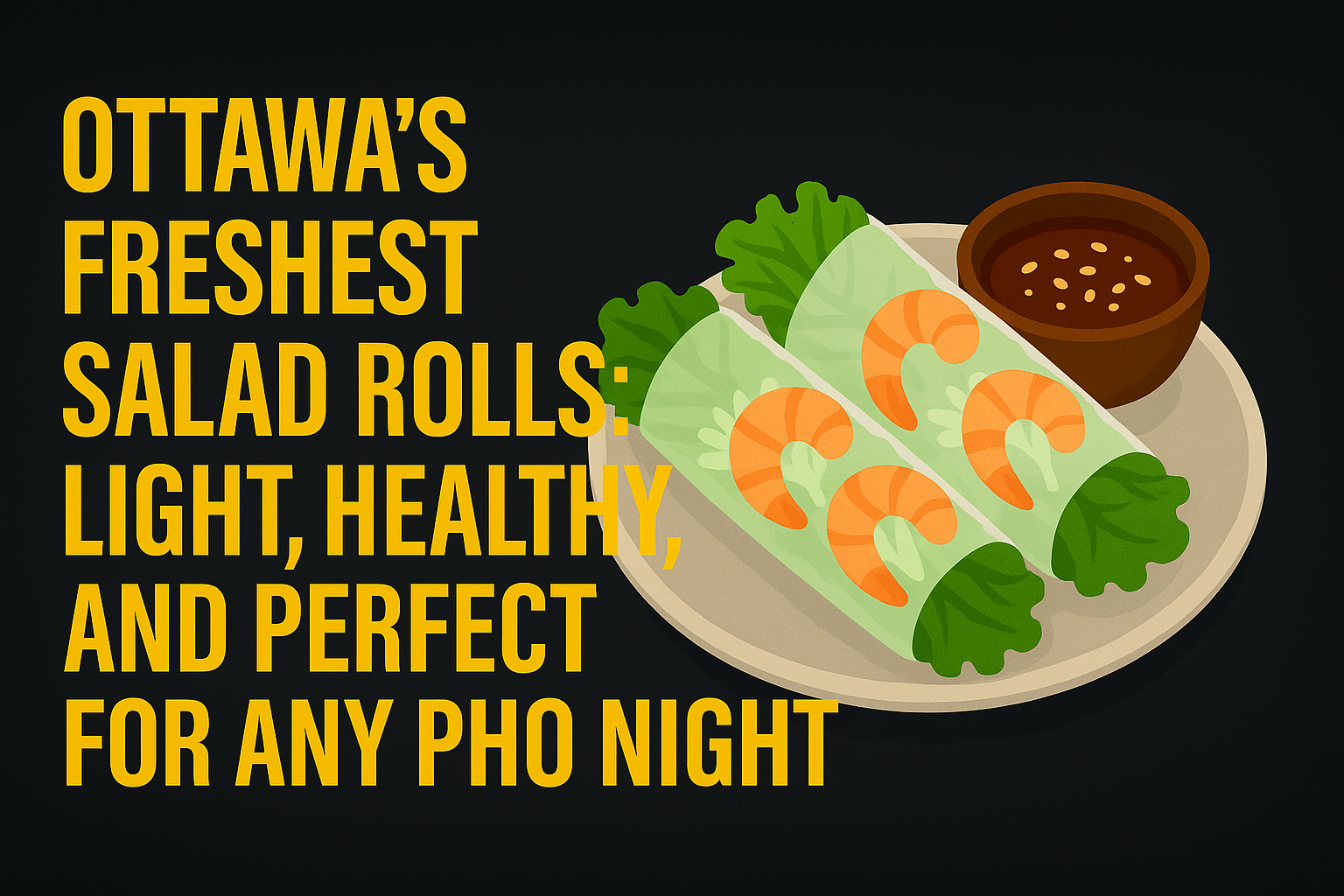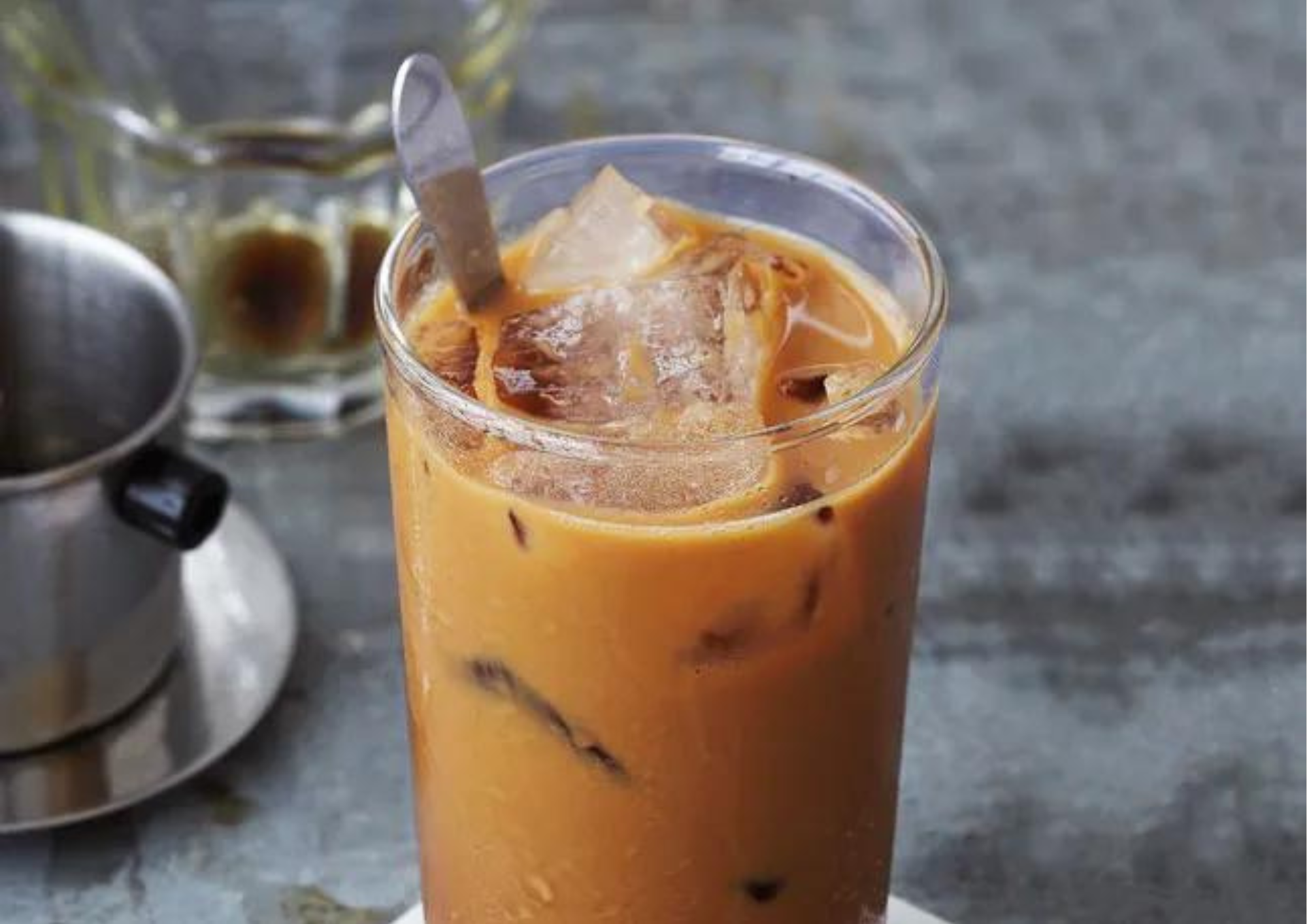
The Ultimate Guide to Vietnamese Coffee: Brewing Techniques and Traditions.
Overview of Vietnamese Coffee
Let’s delve into the History of Vietnamese Coffee and uncover its rich and fascinating origins. From there, we’ll explore the Flavors and Varieties that make Vietnamese coffee unique and beloved by coffee enthusiasts worldwide. Understanding the cultural significance of this beverage will deepen your appreciation for its place in Vietnamese society and beyond.
By gaining insight into these three subtopics, you’ll develop a comprehensive understanding of the Overview of Vietnamese Coffee. Join me on this journey to discover the depth and complexity of Vietnamese coffee, and you’ll be inspired to explore and savor its offerings with a newfound appreciation.
History of Vietnamese Coffee
Now that we understand the unique brewing methods of Vietnamese coffee, it’s important to delve into its rich history. The history of Vietnamese coffee dates back to the 19th century when French colonists introduced coffee plants to the region. Vietnam’s ideal climate and fertile soil quickly made it an ideal location for coffee cultivation, leading to its rapid growth as one of the world’s top coffee producers. Over time, the Vietnamese people have developed their own unique coffee culture, blending traditional brewing techniques with modern innovations. Understanding the historical roots of Vietnamese coffee allows us to appreciate the depth of its flavors and the significance it holds within the country’s cultural heritage.
Flavors and Varieties
Now that we have explored the rich history of Vietnamese coffee, let’s delve into the Flavors and Varieties that make it truly exceptional. Vietnamese coffee is renowned for its bold and intense flavors, often described as smooth, rich, and slightly sweet. Varieties range from traditional robusta coffee to more modern arabica blends, each offering a unique taste experience.
The use of condensed milk in traditional Vietnamese coffee adds a creamy sweetness, while egg coffee provides a luxurious and velvety texture. Whether you prefer the strong and earthy notes of traditional Vietnamese coffee or the more delicate and aromatic profiles of modern blends, there is a flavor and variety to suit every palate. Embrace the diverse and exquisite world of Vietnamese coffee and treat your senses to a truly unforgettable experience.
Cultural significance
Now that we have explored the history and flavors of Vietnamese coffee, let’s delve into its cultural significance. Vietnamese coffee is not just a beverage, but a way of life for the people of Vietnam. It plays a central role in social gatherings, business meetings, and family traditions.
The slow-paced ritual of brewing and savoring a cup of Vietnamese coffee emphasizes the importance of taking time to connect with others and enjoy the simple pleasures in life. By embracing the cultural significance of Vietnamese coffee, you are not only indulging in a delicious drink but also immersing yourself in a vibrant tradition that has been passed down through generations.
Brewing Techniques
When it comes to Brewing Techniques, there are various methods to explore. From the Traditional Phin Method to Modernized Brewing Techniques and even the unique experience of Egg coffee, there is a world of flavor waiting to be discovered. The Traditional Phin Method offers a rich and robust taste, while Modernized Brewing Techniques provide convenience and efficiency.
And for those seeking something truly extraordinary, Egg coffee offers a creamy and indulgent delight. With so many options available, it’s worth exploring each method to find the perfect brew for your palate.
Traditional Phin Method
Now that we have covered the overview of Vietnamese coffee, let’s delve into the fascinating world of brewing techniques. The Traditional Phin Method is a time-honored approach that captures the essence of Vietnamese coffee. Using a small metal filter, the Phin, this method allows for a slow drip process that produces a rich and flavorful brew.
The unique design of the Phin filter ensures that the coffee grounds are fully immersed in hot water, resulting in a full-bodied and aromatic cup of coffee. By embracing the Traditional Phin Method, you will experience the authentic taste of Vietnamese coffee and appreciate the artistry behind this beloved brewing technique.
Modernized Brewing Techniques
Now that we have explored the traditional phin method of brewing Vietnamese coffee, let’s delve into the modernized brewing techniques that have gained popularity in recent years. Modernized Brewing Techniques offer a more convenient and efficient way to prepare Vietnamese coffee without compromising on the rich and bold flavors that make it so beloved. From using pour-over methods to innovative brewing machines, these techniques cater to the demands of the contemporary coffee enthusiast.
By embracing modernized brewing techniques, you can enjoy the same authentic taste of Vietnamese coffee while streamlining the brewing process to fit into your busy lifestyle. Upgrade your coffee experience with these modern methods and elevate your love for Vietnamese coffee to new heights.
Egg coffee
Now that we’ve explored the traditional phin method and modernized brewing techniques, let’s delve into the unique world of egg coffee. This delicious and creamy concoction is a must-try for any coffee enthusiast looking to expand their palate. Invented in the 1940s in Hanoi, egg coffee is made by whipping egg yolks with sweetened condensed milk and robust Vietnamese coffee, creating a velvety and decadent drink.
The rich and velvety texture of the egg mixture perfectly complements the strong and bold flavor of the coffee, resulting in a truly indulgent experience. If you’re looking to elevate your coffee game and savor a one-of-a-kind beverage, don’t miss out on the opportunity to try egg coffee.
Flavoring and Sweetening Coffee
Popular Flavoring Techniques such as using syrups, spices, and extracts can elevate the taste of your coffee, providing a delightful experience with each sip. Types of Sweeteners Used also play a significant role in enhancing the flavor profile of your coffee. By exploring different sweeteners like sugar, honey, or agave, you can customize your coffee to suit your taste preferences. Cardamom, a popular coffee flavoring ingredient, adds a unique and aromatic twist to your brew, creating a rich and exotic flavor.
Popular Flavoring Techniques
Now that we’ve covered the brewing techniques, let’s move on to Popular Flavoring Techniques for coffee. Adding flavor to your coffee can elevate your morning routine and bring a whole new dimension to your brew. Whether you prefer a hint of vanilla, a touch of caramel, or a burst of hazelnut, there are various popular flavoring techniques to choose from.
Experimenting with different flavor syrups, extracts, and spices can help you create a custom coffee experience that suits your taste preferences. Consider trying flavor syrups for a sweet and decadent twist, or natural extracts for a more subtle and authentic flavor. By exploring different flavoring techniques, you can transform your daily cup of coffee into a delightful and personalized treat.
Types of Sweeteners Used
Now that we’ve explored various brewing techniques, let’s delve into the world of flavoring and sweetening coffee. When it comes to adding sweetness to your coffee, there are several types of sweeteners you can choose from. While traditional white sugar is a popular choice, alternative sweeteners such as honey, agave nectar, and maple syrup are becoming increasingly popular for their unique flavors and health benefits.
These natural sweeteners not only add a touch of sweetness to your coffee but also bring additional depth and complexity to the flavor profile. Whether you’re looking to cut back on refined sugars or simply want to experiment with new flavors, consider trying alternative sweeteners to elevate your coffee experience.
Cardamom
Now that we’ve explored the art of flavoring and sweetening coffee, let’s delve into the unique and aromatic addition of cardamom. This ancient spice has been used for centuries to enhance the flavor of coffee, adding a subtle warmth and depth to each cup. Cardamom is known for its rich, slightly sweet, and citrusy flavor profile, making it a perfect complement to the boldness of coffee. Whether you prefer to grind the pods fresh or use pre-ground cardamom, this spice can elevate your coffee experience to new heights.
Cardamom is not only delicious, but it also offers potential health benefits, including improved digestion and breath-freshening properties.
Cultural Significance
The cultural significance of coffee in Vietnamese culture is undeniable. It plays a crucial role in social settings, bringing people together to bond and connect. The use of coffee in social gatherings has been a tradition for generations, serving as a symbol of hospitality and friendship. From its historical roots as a French colonial import to its integration into Vietnamese identity, coffee has become an integral part of daily life. Understanding the role of coffee in Vietnamese culture provides insight into the rich history and traditions of the country. Embracing this cultural aspect can lead to a deeper appreciation and connection with the Vietnamese community.
The Role of Coffee in Vietnamese Culture
Flavoring and sweetening coffee can enhance the experience, but understanding the cultural significance of coffee adds a deeper dimension. In Vietnamese culture, coffee plays a crucial role in social interactions, serving as a symbol of hospitality and connection. Vietnamese coffee is not merely a beverage, but a cornerstone of daily life, reflecting the country’s rich history and identity.
The traditional Vietnamese coffee brewing method, using a phin filter, is a ritual that brings people together, fostering relationships and community. By understanding the profound role of coffee in Vietnamese culture, we can appreciate and respect the significance it holds in the lives of the people. Let’s embrace the cultural significance of coffee and honor its role in connecting us with others.
The Use of Coffee in Social Settings
Flavoring and sweetening coffee brings a unique experience to each cup, but the use of coffee in social settings goes beyond just the taste. In Vietnamese culture, coffee is not just a beverage but a symbol of connection and hospitality. The act of sharing a cup of coffee is deeply ingrained in social interactions, from catching up with friends to conducting business meetings. The leisurely pace of enjoying a cup of Vietnamese coffee encourages meaningful conversations and bonding.
By embracing the tradition of using coffee in social settings, you can experience the warmth and camaraderie that comes with it, creating lasting memories and connections with those around you. So, let’s take a moment to appreciate the significance of coffee in social settings and the value it brings to our relationships.
Connection to Vietnamese history and identity
Now that we have explored the various ways coffee is flavored and sweetened, let’s delve into its Connection to Vietnamese history and identity. In Vietnam, coffee has a deep-rooted significance that goes beyond its taste. It has become an integral part of the country’s cultural identity, with coffeehouses serving as important social hubs for people to gather, discuss, and connect.
The history of coffee in Vietnam dates back to the French colonial period when it was introduced and eventually adapted to suit local preferences. Today, Vietnamese coffee is renowned worldwide for its unique brewing methods and rich flavor, representing the resilience and ingenuity of the Vietnamese people. Understanding this cultural significance can deepen our appreciation for Vietnamese coffee and its role in shaping the country’s identity.
Tips for Brewing Vietnamese Coffee
When it comes to brewing Vietnamese coffee, choosing the right equipment is crucial. Investing in a phin filter and a high-quality coffee grinder will ensure the best results. Grinding the coffee beans to the right consistency is essential for achieving that perfect balance of flavors and aromas. Whether you prefer a coarse or fine grind, the key is to find the right setting that suits your taste. And finally, using the traditional phin filter brings out the authentic taste and experience of Vietnamese coffee. The slow brewing process allows the rich flavors to fully develop, resulting in a truly satisfying cup of coffee.
Choosing the Right Equipment
Now that you’re excited to brew your Vietnamese coffee, let’s start with Choosing the Right Equipment. To achieve authentic taste and experience, it’s essential to invest in the right tools. Start by selecting a high-quality phin filter, which is a small metal drip filter that sits on top of your cup. Look for one with a screw-down design to control the brewing time and ensure a strong flavor.
Additionally, invest in a quality coffee grinder to freshly grind your beans just before brewing. This will release the full flavor of the coffee and create a rich, aromatic cup. By choosing the right equipment, you’ll be well on your way to brewing the perfect cup of Vietnamese coffee that will transport you to the bustling streets of Hanoi.
Grinding the Coffee Beans
Now that you understand the cultural significance of Vietnamese coffee, let’s dive into the art of brewing it. Grinding the Coffee Beans is a crucial step in achieving the perfect cup of Vietnamese coffee. To fully experience the rich and bold flavors, it is essential to grind the coffee beans to a medium-coarse consistency.
This allows for optimal extraction of flavors and aroma during the brewing process. When grinding the beans, ensure that they are evenly ground to achieve a consistent flavor profile. Investing in a high-quality grinder will make this process easier and more precise, ultimately enhancing your coffee experience. By prioritizing the grinding process, you can elevate the flavors and authenticity of your Vietnamese coffee.
Using the traditional phin filter
Now that you have a better understanding of the cultural significance of Vietnamese coffee, it’s time to explore the traditional method of brewing it. Using the traditional phin filter is essential to achieving the authentic taste and experience of Vietnamese coffee. This simple yet effective brewing method allows for a slow extraction process, resulting in a strong and flavorful cup of coffee.
The phin filter consists of a chamber with small holes at the bottom, a perforated press, and a lid to retain heat. This design allows the coffee to steep and drip slowly, producing a rich and aromatic brew. Embracing the traditional phin filter not only honors Vietnamese coffee culture but also elevates the sensory experience of enjoying a well-crafted cup of coffee.
Conclusion
In conclusion, Vietnamese coffee is not only a delightful beverage, but it also represents a rich cultural tradition that has been passed down through generations. Its unique brewing techniques and flavoring methods set it apart from other styles of coffee, offering a truly distinct and enjoyable experience. By exploring the techniques and traditions of Vietnamese coffee, you can not only expand your knowledge of different coffee cultures but also enhance your appreciation for the art of coffee making.
Whether you are a coffee enthusiast or simply curious about trying something new, Vietnamese coffee is a must-try for anyone looking to broaden their coffee horizons. So, why not take a leap of faith and give it a try? You may just find yourself falling in love with the rich flavors and deep cultural significance of Vietnamese coffee.
